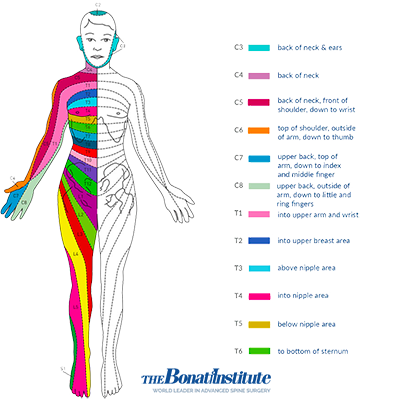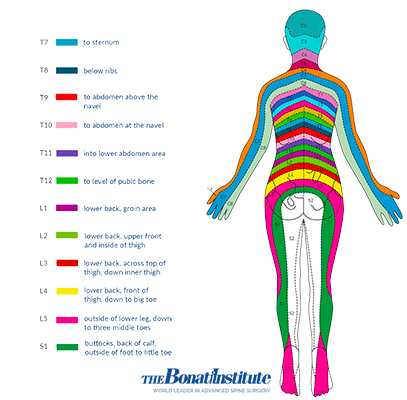When to replace a prosthetic device
Individuals living with an amputation must be accurately fit with a prosthesis that matches their own anatomy in order to return to their workplace and customary life. Even so, a prosthetic should be constructed in such a way as to maximize their current or potential physical needs and activity levels.
Every amputee has unique needs, from children born with a limb deficiency to the teenager having an amputation due to trauma, or the senior losing a limb because of vascular insufficiency, diabetes or cancer. The common denominator here is that they all have the requirement to be as active as possible. It is well documented that people living a sedentary lifestyle are at risk for a range of secondary conditions such as obesity, diabetes resulting in (another) limb loss. These health issues, as well as cardiovascular disease, depression, and other forms of cancer can cost the health system far more than the provision of well-fitting, well-constructed, functional prostheses.
Throughout our lifespan, the human body will rarely maintain exactly the same shape and weight. Muscle mass will be gained or lost on an irregular basis, and children can, and will grow in various directions into adulthood. Plastics, carbon, and steel do not change, nor do they last forever and will typically need to be changed or replaced on a regular basis if the amputee is to remain a functioning member of society. Prosthetics is a very specialized field and practitioners need mechanical and engineering knowledge so that they can build the devices. A thorough knowledge of anatomy and physiology so that they can understand how the device will work in conjunction with the human body, and provide a proper fit it to each individual’s musculoskeletal system; and they must also have a basic knowledge of gait analysis and gait training.


Locating the Source of Neck Pain
You don’t have to learn to live with pain. If you have been experiencing headaches and/or a burning, numbness or pain radiating along any of these paths for more than 3-4 months, contact your medical practitioner.
Prosthesis Replacement Guidelines
The following guidelines are an aid to determining when a prosthesis should be replaced:
- The amputee’s weight is no longer within the range of safety of the components.
- The components are no longer working to the specifications of the manufacturer.
- The individual’s activity level is no longer compatible with the components used, such that they are increasing the individual’s net energy cost rather than decreasing it.
- A specific component/module needs replacing, but the replacement is not compatible with the rest of the existing components.
- So many changes/alterations have been made to materials that their structural integrity has been compromised.
- It is impossible to increase/decrease the size of the socket and or frame without rebuilding the whole prosthesis.
In addition, if the prosthesis is modular, individual components should be replaced for the same reasons. The socket, the single most important part of a prosthesis, which consists of a flexible socket, a rigid frame and/or a socket interface, should be replaced for the following reasons:
- The size and/or shape does not allow for weight bearing on the anatomically correct areas-this can either be because the socket is too big, too small or of an incorrect shape, which can lead to painful end-bearing or hammocking; this in turn may lead to verrucous hyperplasia and, in some instances, cellulites and systemic infection.
- The materials have been manipulated (shrunk or stretched) to where the structural integrity of the materials has been compromised beyond the safety level.
- The materials have cracked or broken.
- The materials are not strong enough to bear the weight of the individual.
- Suction suspension cannot be maintained due to a leak/breakdown in structural integrity.
- Proper hygiene cannot be maintained.